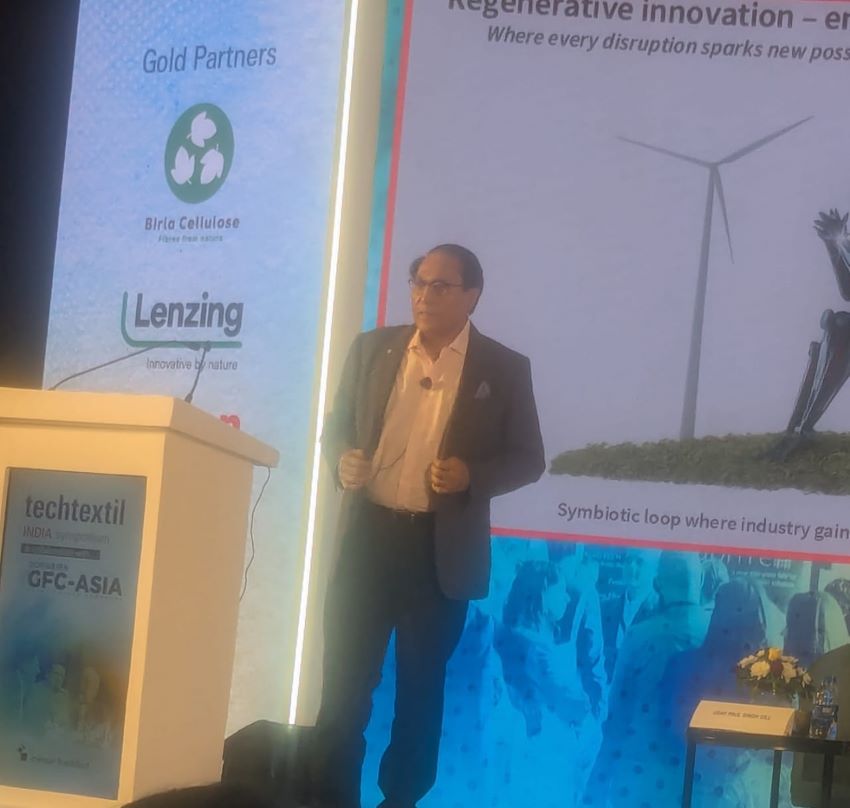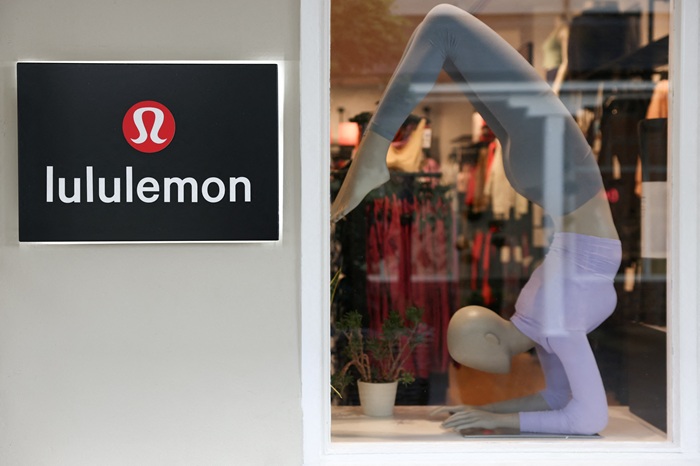Vietnam is among the top five textile and garment exporters in the world, but the Vietnamese market is controlled by foreign brands. The nearly 200 foreign fashion brands in Vietnam hold up to 60 per cent of the market share. Only 20 per cent of the 6,000 homegrown textile and garment companies target the domestic market. They are more focused on making products for export.
The presence of high-street fashion brands such as Zara, H&M, Topshop and Mango has created a shopping wave in Vietnam. Zara follows a strategy that attracts customers. Every product is displayed on the shelves for just a couple of weeks and in limited quantities. The manufacturer doesn't make the same products again, and the models will be replaced with new ones. This strategy makes people think they need to buy products as soon as possible or they won’t have the opportunity to own them.
In comparison domestic brands seem to be faltering. Foci opened in 1999 targeting mid-end clients. By 2007, it opened 60 shops in large cities. However, since then all Foci shops have been shut down and Foci’s products are now sold online.
Similarly Ninomaxx, a once-famous brand, had a network of 200 shops throughout the country. However, since 2012, it has been undergoing restructuring and has had to close a series of shops. It now has 64 shops, mostly in the south.
Vietnam swamped by foreign brands as domestic brands lie low
- 1
- 2
- 3
- 4
- 5
- 6
- 7
- 8
- 9
- 10
Wired Threads: How India’s textile backbone is powering the smart apparel future
India’s huge textile industry, long celebrated for its command over cotton and competitive manufacturing scale, is going through a foundational... Read more
The New Core Competency: How sustainability and advanced fabrics are driving Ind…
The SportTech Pavilion at Techtextil India, hosted by Concepts N Strategies, concluded with a unanimous declaration: for India to successfully... Read more
New EU import rules set to raise prices for Shein and Temu, boosting European re…
Europe’s fashion and textile scenario is on the verge of its most consequential structural shift in over a decade. The... Read more
Global apparel trade rebalances in 2025 as Europe rises, Asia stumbles: Wazir Ad…
As the global apparel economy enters the final quarter of 2025, trade flows across major markets reveal a sector facing... Read more
Tariffs, turbulence and tenacity, India’s textile sector finds new strength
India’s textile and apparel export sector is showing a remarkable capacity to adapt and thrive in one of the most... Read more
Future Fiber Demand and the Chemical Recycling Imperative: Global industry eyes …
The global textile industry is entering a period of exponential growth and profound technological transformation, according to key figures speaking... Read more
Regenerative innovation and the Human-Centric future of textiles
The global textile industry is at a crossroads where mere efficiency and profit no longer guarantee survival. This was the... Read more
Profit with Purpose: Inside the 35% margin boom in upcycled fashion wholesale
The secondhand wholesale sector, once seen as the back end of fashion, is now leading a quiet revolution, one that... Read more
Beyond CMT: Collaboration, not competition, is India’s new growth strategy
The journey for India’s activewear industry to move "Beyond CMT" (Cut, Make, Trim) and capture the global premium mandate is... Read more
Inside Lululemon’s toughest year, tariffs, trend misses, and the fight to reigni…
For over a decade, Lululemon Athletica embodied everything the premium athleisure revolution stood for technical mastery, community-driven branding, and an... Read more












